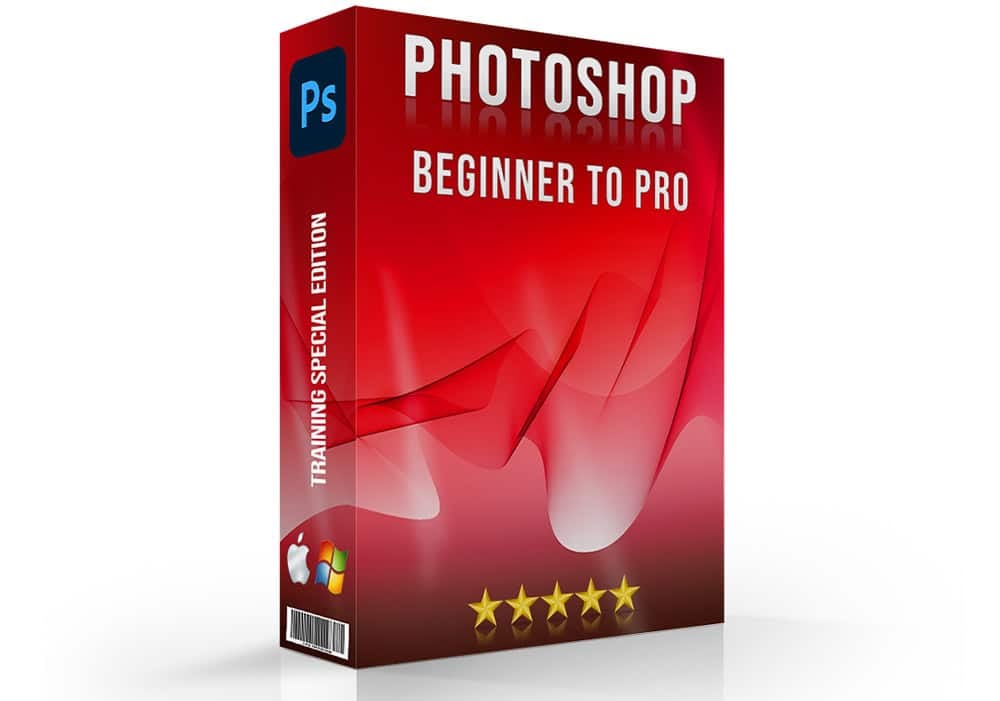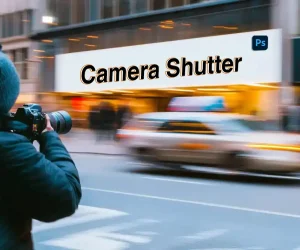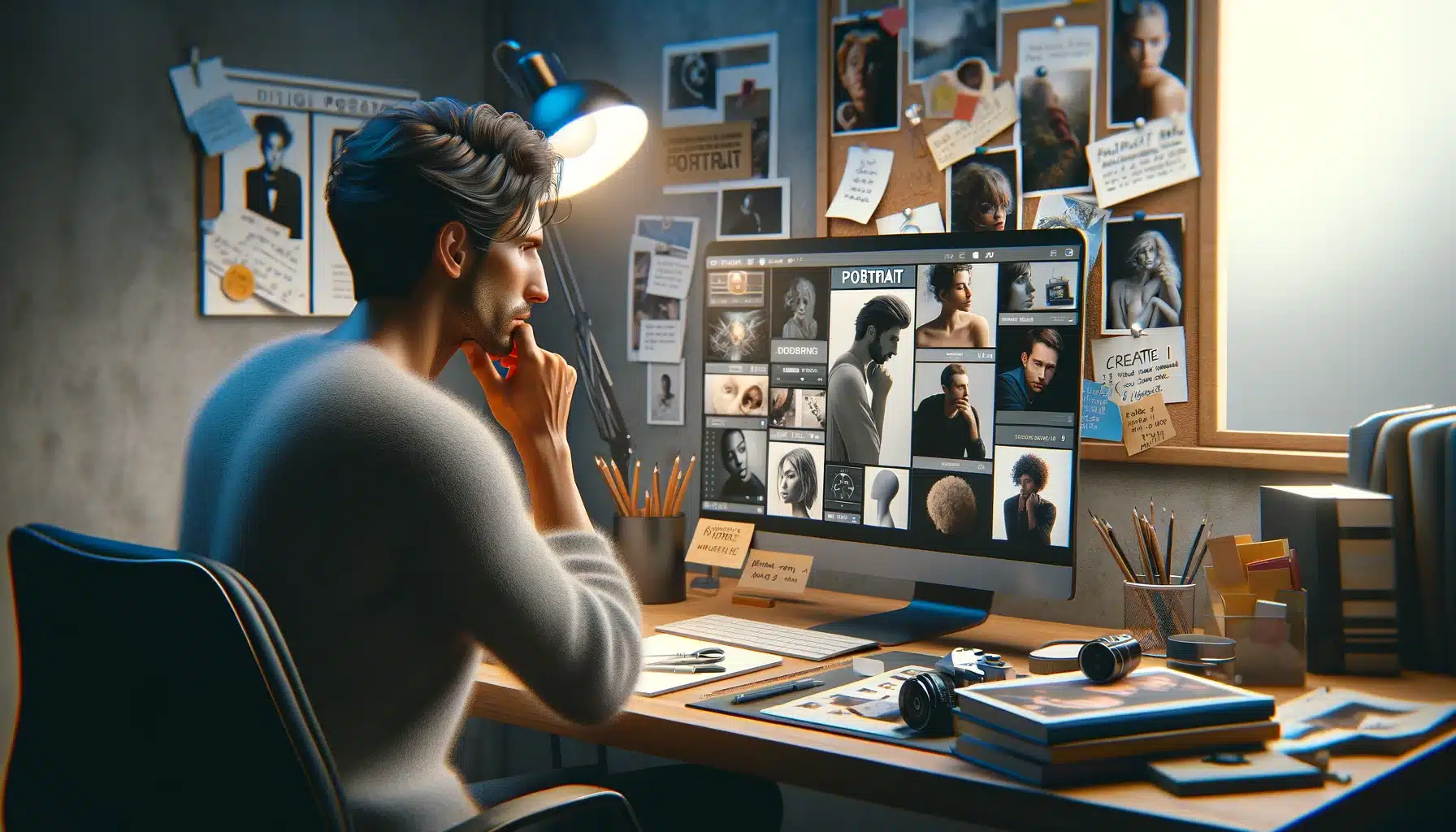
Introduction to Portrait Ideas for Photography
Welcome to a journey into the world of portrait photography ideas! In this article, we’ll explore exciting and practical portrait photography tips to help you capture stunning portraits. Whether you’re a beginner or an experienced photographer, these tips and insights will surely add a creative spark to your photography sessions.
Imagine this: You’re at a family gathering, and everyone is smiling and having a great time. You decide to capture a group portrait to cherish these precious moments. However, you want to go beyond the usual poses and create something truly memorable. That’s where our portrait ideas come in handy. By the end of this article, you’ll have a portrait photography tips to elevate your portrait photography ideas skills and capture beautiful moments that tell meaningful stories.
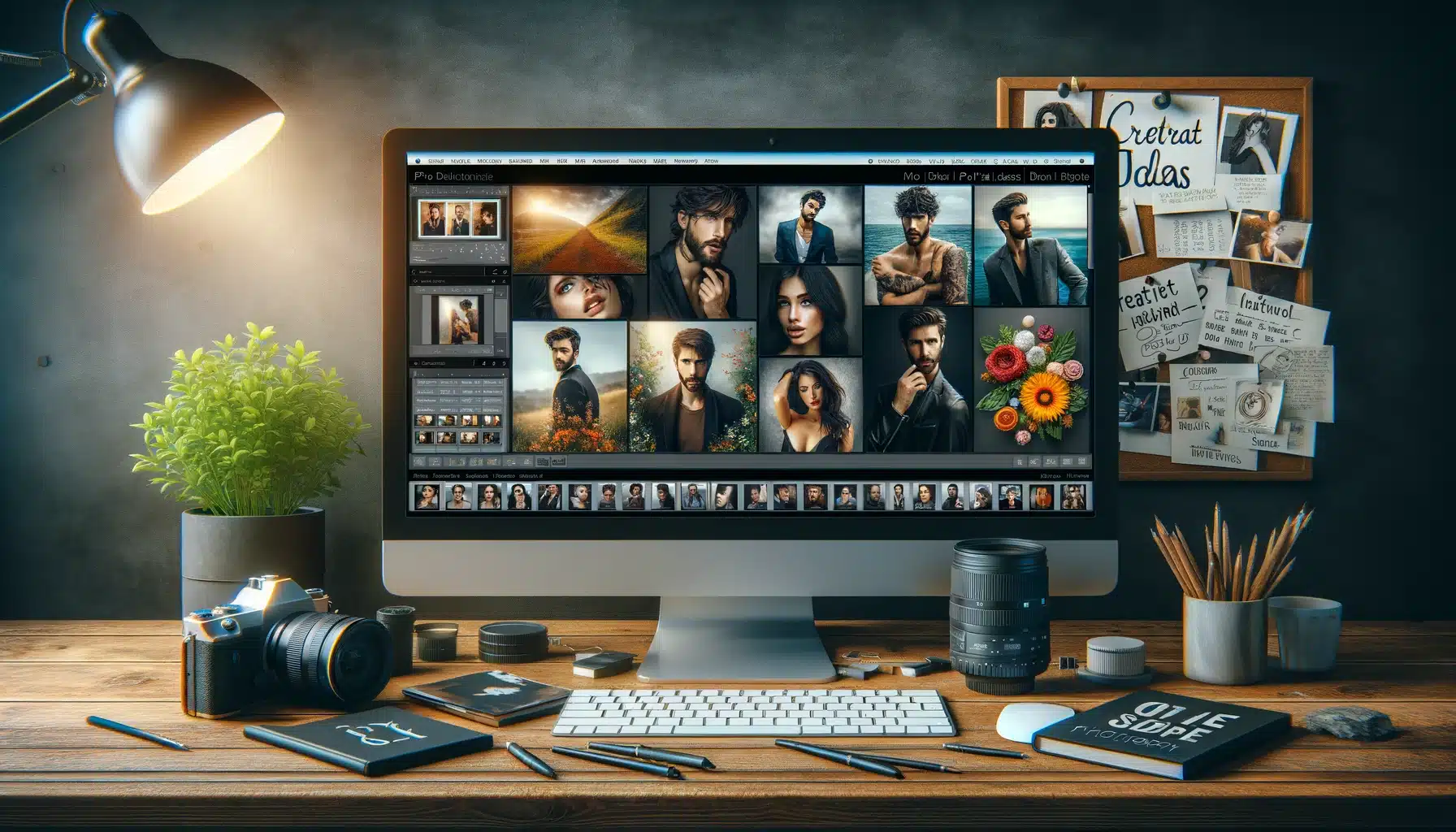
Table of Contents
How to Make a Portrait Look Interesting: Creative Portrait Concepts
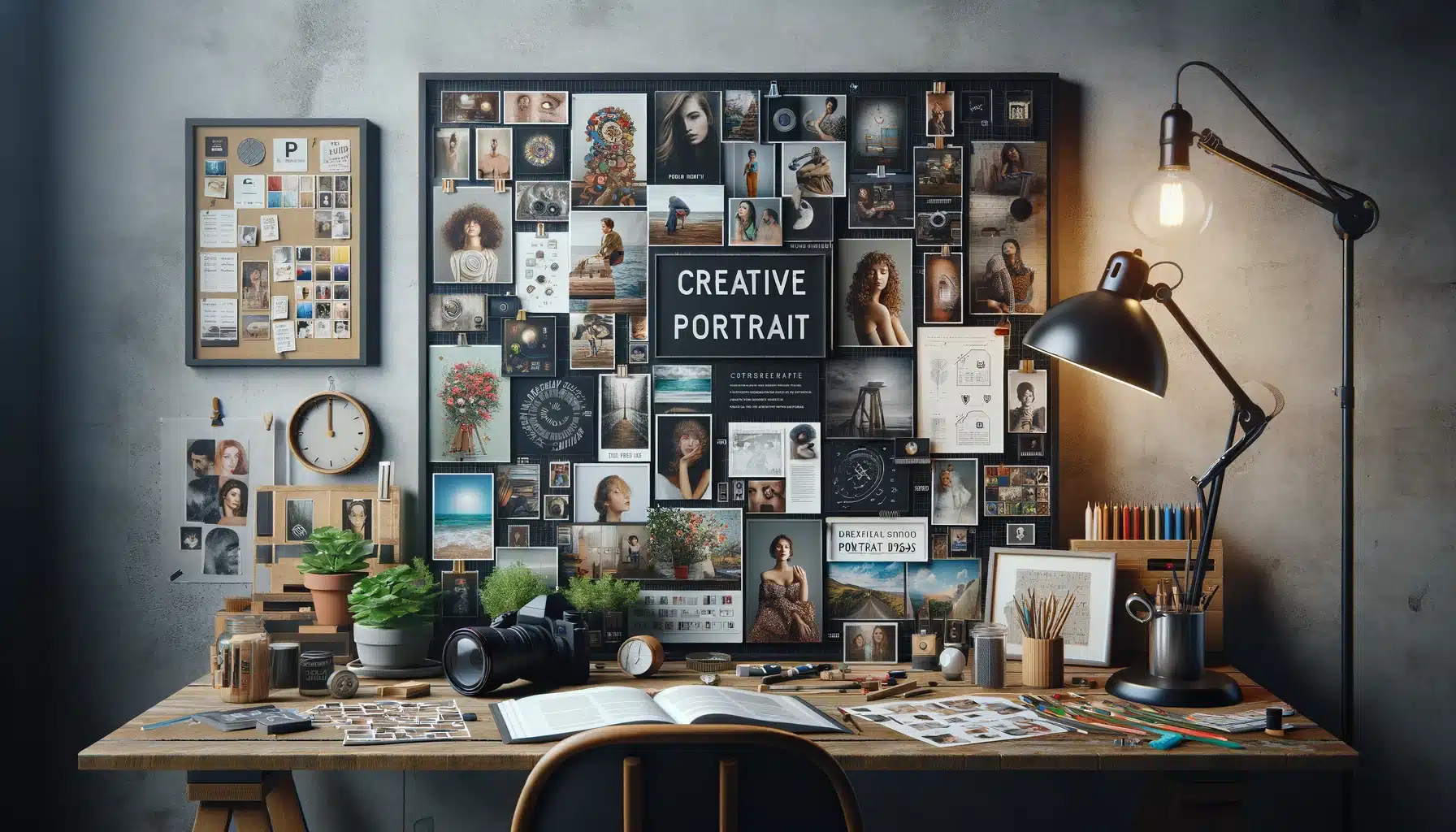
1. Creative Composition Techniques
- Rule of Thirds: It is one of the best creative portrait concepts. The rule of thirds divides your frame into nine equal parts with two horizontal and two vertical lines. By placing your subject along these lines or at their intersections, you can create a more balanced and visually appealing composition. This technique draws the viewer's eye to the most important elements of the portrait. Nowadays, it is one of the best Portrait Photography Tips.
- Leading Lines: Utilize natural or artificial lines within your composition, such as pathways, fences, or architectural elements, to lead the viewer's gaze toward your subject. This adds depth and visual interest to the portrait, guiding the viewer's attention and creating a dynamic feel.
2. Play with Lighting
- Natural Light: Explore different times of day and angles to capture the most flattering natural light for your portraits. Soft, diffused light during golden hours or backlighting can add a beautiful, ethereal quality to your subjects.
- Artificial Light: Experiment with artificial lighting sources like softboxes, reflectors, or off-camera flashes to create dramatic effects or fill in shadows. Controlling light allows you to sculpt the mood and highlight specific features, adding depth and interest to the portrait.
- Contrast and Shadows: Play with contrast and shadows to create visual intrigue. Use strategic lighting to highlight contours and textures, adding dimension and drama to your portraits.

3. Focus on Emotions and Expressions
- Candid Moments: Encourage natural interactions and emotions during the shoot to capture genuine expressions. Candid shots often convey raw emotions and authenticity, making the portrait more relatable and compelling.
- Pose Variation: One of the best portrait ideas for photography is pose variations. Experiment with different poses and angles to showcase the subject's personality and mood. Encourage movement and dynamism in poses to avoid stiffness and create a sense of energy in the portrait.
- Eyes as Focal Points: Portrait photography tips involve emphasizing the eyes as the focal point of the portrait. Ensure they are well-lit and sharp, as eyes can convey a wealth of emotions and draw viewers into the portrait.
4. Background Selection and Depth for Photography Portrait Themes
Portrait backgrounds are one of the most important aspects. Here are a few things you need to keep an eye out for:
- Depth of Field: Use a shallow depth of field to blur the background and make the subject stand out. This technique isolates the subject, eliminating distractions and creating a clean, focused composition that enhances visual interest.
- Contextual Backgrounds: Choose backgrounds that add context or tell a story related to the subject. A relevant background can enhance the narrative of the portrait and make it more meaningful and engaging for viewers.
- Color and Texture: For effective portrait photography tips, consider the color palette and texture of the background. Contrasting or complementary colors can create visual impact, while textured backgrounds add depth and tactile appeal to the portrait.
Pro Tip: Learn different effects, such as the text portrait effect in Photoshop, to enhance your capabilities even further.
Table: Examples of Creative Composition Techniques
| Portrait Composition Technique | Description |
|---|---|
| Rule of Thirds | Dividing the frame into thirds horizontally and vertically, placing the subject at intersections. |
| Leading Lines | Utilizing lines in the environment to guide the viewer’s eyes towards the subject. |
| Frame within a Frame | Using elements like arches or windows to frame the subject within the composition. |
How to Become a Good Portrait Photographer with Innovative Portrait Suggestions

Understanding Your Camera
Understanding the basics of your camera is crucial for capturing great portraits. Learn about settings like aperture, which controls how much light enters the lens. A wider aperture (lower f-stop number) creates a blurry background, ideal for focusing on the subject. Experiment with shutter speed to freeze motion or create motion blur for artistic effects. Similarly check the ISO Sensitivity of the camera and make sure it is in the right range.
Mastering Lighting Techniques
Lighting plays a vital role in portrait photography themes. Natural light, such as sunlight or light from a window, can create soft and flattering portraits. Position your subject facing the light source for even lighting and avoid harsh shadows. You can also use reflectors or diffusers to control and enhance natural light. Experiment with artificial lighting, like studio lights or speedlights, to create dramatic or creative effects.
Building Rapport with Subjects
Creating a comfortable and relaxed environment is key to capturing natural expressions and emotions in portraits. Engage with your subjects by having conversations or asking them about their interests. Encourage them to be themselves and express their personalities during the photoshoot.
Composition and Framing
Composition plays a significant role in the overall impact of your portraits. It is the best innovative portrait suggestions for beginners. Use the rule of thirds to place your subject off-center for a balanced composition. Imagine dividing your frame into a grid of nine equal parts with two horizontal and two vertical lines. Position important elements, such as the subject’s eyes or face, along these lines or at their intersections. This technique creates visual interest and draws the viewer’s eye to the subject.
Post-Processing Techniques
Editing is an essential part of portrait photography. Use editing software like Adobe Photoshop or Lightroom to enhance colors, contrast, and sharpness. Adjust exposure, highlights, shadows, and colors to achieve the desired look while maintaining a natural appearance. Remove distractions or blemishes and apply subtle retouching for a polished finish. Experiment with different editing styles to develop and learn artistic portrait concept.
Pro Tip: Learn these Lightroom editing tips for an even smoother workflow.
Camera Settings for Portrait Photography
- Aperture Setting: Use a wide aperture (low f-stop number) to blur the background and focus on your subject's details. This creates a professional look and draws attention to the person in the portrait.
- Shutter Speed Adjustment: Adjust the shutter speed to capture sharp images and freeze motion. For example, use a faster shutter speed when photographing active subjects to avoid blurriness.
- ISO Sensitivity: Keep the ISO sensitivity low in well-lit environments to reduce noise and maintain image quality. This ensures clear and crisp portraits without distracting graininess.
Choosing the Right Lens for Portraits
- Prime Lens Selection: Choose a prime lens with a focal length between 50mm and 85mm for portrait photography. This focal range offers a natural perspective and flattering compression of facial features.
- Lens Aperture and Quality: Consider the aperture range and optical quality of the lens for sharpness and background blur. A wider aperture (lower f-stop) creates a pleasing bokeh effect in portraits.
- Lens Compatibility and Usage: Ensure compatibility with your camera body and consider factors like image stabilization for handheld shooting. Select lenses that suit your portrait photography style and desired outcomes.
Composition and Framing in Portraits
- Rule of Thirds Application: Apply the rule of thirds by placing key elements off-center for balanced compositions. This technique adds visual interest and guides the viewer's eye through the portrait.
- Angles and Perspectives: Experiment with different angles and perspectives to capture unique and engaging portraits. Try shooting from above, below, or at eye level for diverse compositions.
- Background Consideration: Pay attention to background elements to avoid distractions and enhance the narrative. Choose backgrounds that complement your subject and contribute to the overall mood of the portrait.
| Technical Aspect | Numerical Representation |
|---|---|
| Aperture | Lower f-stop values (e.g., f/2.8) for shallow depth of field |
| ISO Sensitivity | Lower ISO values (e.g., ISO 100) for less noise |
| Shutter Speed | Faster shutter speeds (e.g., 1/500 or faster) for sharp images |
Choosing the Right Portrait Lens
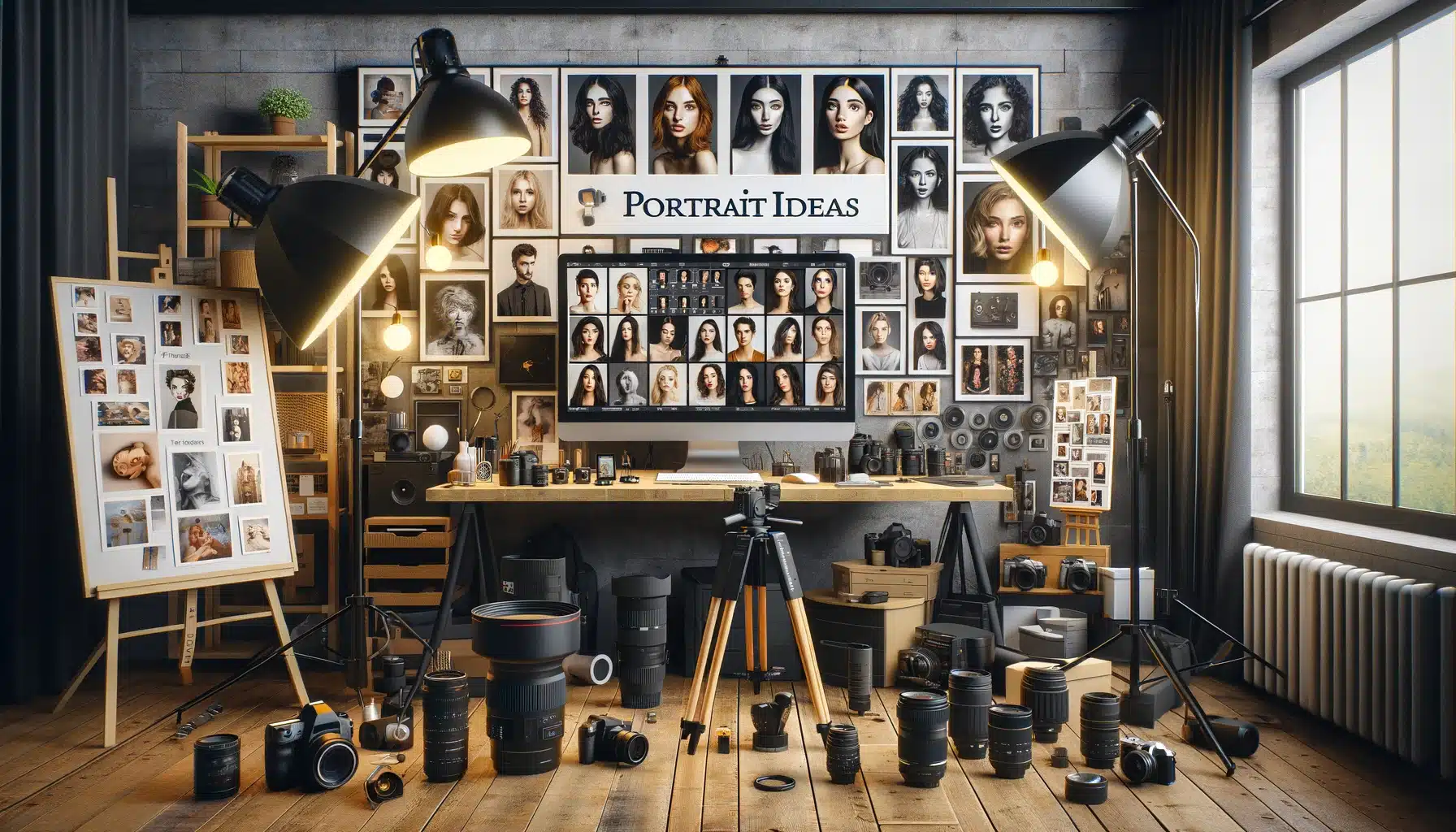
Lenses play a vital role when it comes to portrait ideas for photography. Lets have a look into this in detail.
Prime Lenses
Prime lenses have a fixed focal length, such as 50mm or 85mm, making them ideal for portrait photography. They offer wide apertures (e.g., f/1.8 or f/1.4), allowing for excellent background blur (bokeh) and sharp subject focus. Portrait photographers often prefer prime lenses for their image quality, low-light performance, and ability to create artistic bokeh effects. These lenses are versatile and lightweight, making them suitable for various portrait photography tips.
Telephoto Lenses
Telephoto lenses, typically with focal lengths of 70-200mm or longer, are excellent choices for portrait photography, especially for capturing close-up shots and compressing facial features. They allow photographers to maintain a comfortable distance from the subject while achieving a flattering perspective. Telephoto lenses also offer creamy bokeh and excellent background separation, enhancing the subject’s prominence in portraits. Portrait photographers often use telephoto lenses for outdoor and studio portraits, providing flexibility and professional results.
Macro Lenses
Macro lenses, designed for close-up photography, can also be used creatively in portrait photography. They offer high magnification capabilities, capturing intricate details and textures in portraits. Portrait photographers use macro lenses for capturing eye details, small accessories, or artistic close-up shots. Portrait photographers can experiment with macro lenses to add diversity and interest to their portfolios.
Wide-Angle Lenses
Wide-angle lenses, with focal lengths below 35mm, provide a broader view of the scene and are not commonly used for traditional portrait photography. However, they can be creatively used to capture environmental portraits or group shots where the surroundings play a significant role in storytelling. Wide-angle lenses add depth and context to portraits, showcasing the subject in relation to their environment.
Smartphone Options for Portrait Photograph
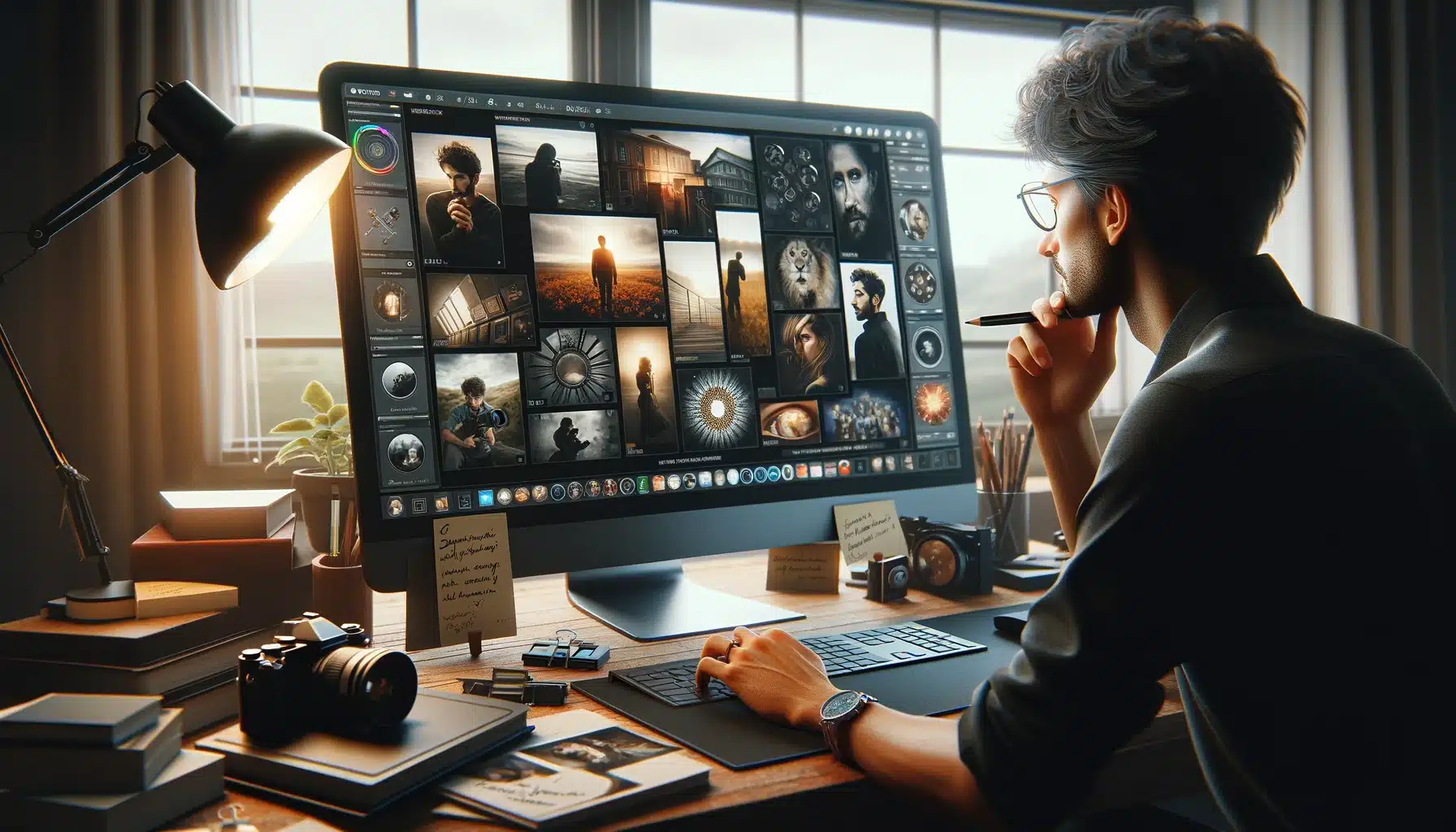
You can take awesome photos with cell phones by learning the portrait photography ideas. Here are the top smartphones you should buy for awesome photographs.
| Smartphone Model | Best Features | Photo Quality |
|---|---|---|
| iPhone 15 Pro Max | Advanced camera system with ProRAW, Night mode, Telephoto lens | Exceptional detail and low-light performance |
| Google Pixel 6 Pro | AI-powered camera features, Night Sight, Super Res Zoom | Impressive sharpness and color accuracy |
| Samsung Galaxy S21 Ultra | High-resolution sensors, Pro mode, Space Zoom | Stunning clarity and depth |
| OnePlus 10 Pro | Hasselblad camera system, Hasselblad Pro mode, Dual OIS | Exceptional detail and color reproduction |
| Xiaomi Mi 12 Ultra | 120x zoom camera, 200MP primary sensor, OIS | Impressive zoom capabilities and clarity |
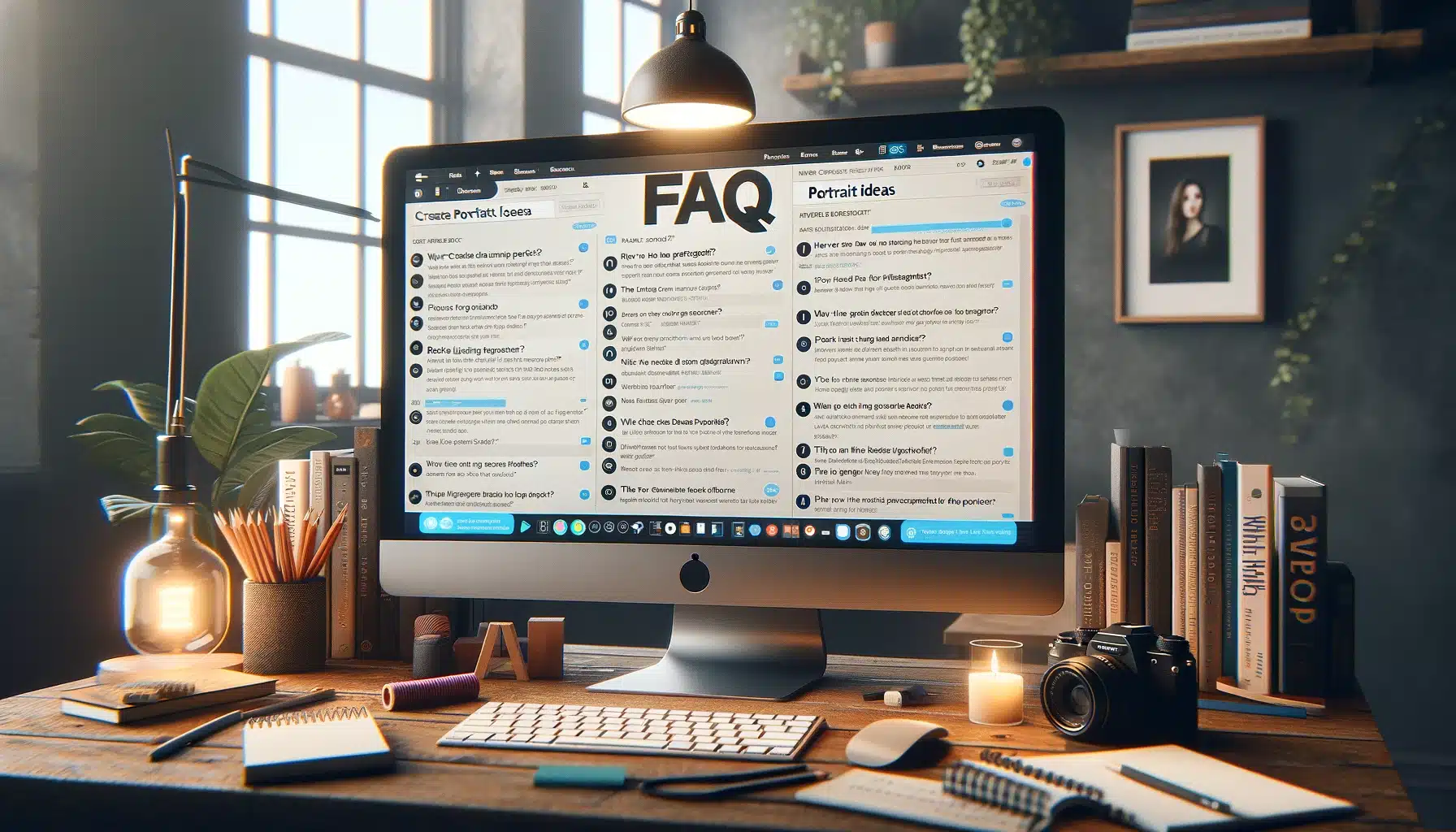
FAQs: Portrait Ideas for Photography
What is the best way to take professional photos with my smartphone?
The best way to take professional photos with your smartphone is to utilize the Portrait mode feature, which is designed specifically for capturing stunning portraits. This mode automatically blurs the background (bokeh effect) to make the subject stand out. Additionally, using the grid lines on your camera app can help you compose your shots effectively and find the best angles for your photographs.
How can I find the right model for portrait photography?
Finding the right model for portrait photography involves considering their facial features, expressions, and comfort in front of the camera. Look for individuals who have a natural ease and charisma, as this will translate into more captivating portraits. You can also collaborate with friends or family members who are willing to pose for you for free, making the process enjoyable and relaxed.
What are some ideas for black and white portraits?
Black and white portraits can be incredibly powerful and timeless. To capture compelling black and white portraits, focus on capturing emotion and expression in your photographs. Look for interesting lighting and shadows that create depth and drama. Experiment with different poses and angles to create visually striking images. You can also use editing software to enhance contrast and add a touch of elegance to your black and white portraits.
Where can I find free resources to improve my portrait photography skills?
There are many free resources available online to help you improve your portrait photography ideas. You can find free tutorials, tips, and ideas on photography websites, forums, and social media platforms dedicated to photography. Additionally, YouTube channels and online courses offer valuable insights about creative portrait ideas. Take advantage of these free resources to expand your knowledge and enhance your portraiture skills.
Conclusion
So, that’s it with portrait ideas for photography. Mastering portrait photography is an exciting journey of discovery and creativity. I’ve personally seen a big improvement in my portrait photography ideas skills by learning camera settings, trying different lenses, and picking up tips from experienced photographers. For example, in a recent photo session, I used the techniques from this article to capture wonderful portraits that showed my subjects’ personalities.
If you want to improve your portrait photography ideas and skills, consider enrolling in our courses on Photoshop and Lightroom. These courses provide easy-to-follow tutorials and practical tips that can help you become a better portrait photographer. Don’t miss the chance to enhance your skills and create amazing portraits. Check out our Photoshop Course and our Lightroom Course!
Have a nice photoshoot!
- Creative portrait ideas
- Photography Tips
- Portrait composition
- Portrait photography
- Portrait photography skills
Course
Light Effect Photoshop
Lightroom Course 2025
Adobe Photoshop Course 2025
Photo Editing Course


Download Your Free Guide Now!
Discover the secrets of photography with our printable guide! Master essential techniques like aperture, shutter speed, and ISO to create stunning images. Get your free printable PDF now and start turning your snapshots into masterpieces!


